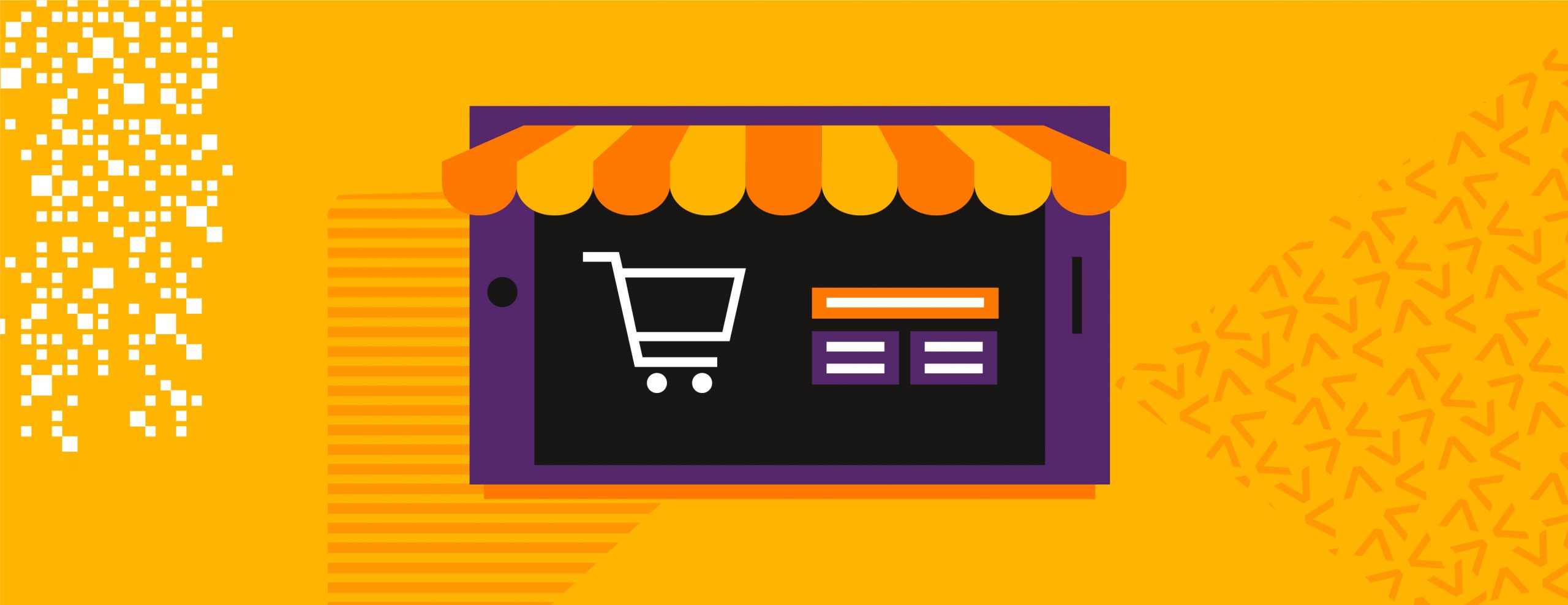E-Commerce & Retail Transformation / A History & Future of Convenience
“Those who cannot remember the past are condemned to repeat it”
George Santayana
In 2021, Walmart overtook eBay as the 2nd largest e-commerce store in the US, with Amazon remaining number 1. While that might seem trivial to some, the implications are far from insignificant; a traditionally brick-and-mortar supermarket was able to overtake a long established, digital-native king.
Surprising, of course, unless you study history. Or just happen to be old enough to remember it yourself 😉

In 25 years, we’ve seen the market shift and evolve. Long term continuity is very rare. Being the older or larger giant isn’t a guarantee of anything. In most cases, the winner is often the one that brings a more convenient solution.
Our Experience
We’ve been around <since.1997> which, looking back, feels like the dark ages. Computers were large and bulky, smart phones didn’t exist and online shopping was only just being introduced as a concept. So we’ve been there since the very early days – but we’re only still here because we continued to adapt and improve.
Not only did we* implement the first e-commerce store in Poland, we’ve also helped RTV Euro AGD develop into one of the country’s most popular e-commerce websites. While we’re immensely proud of our achievements, we also didn’t stay in the past. We’re certainly not building solutions in the same way as we did 25 years ago 😉
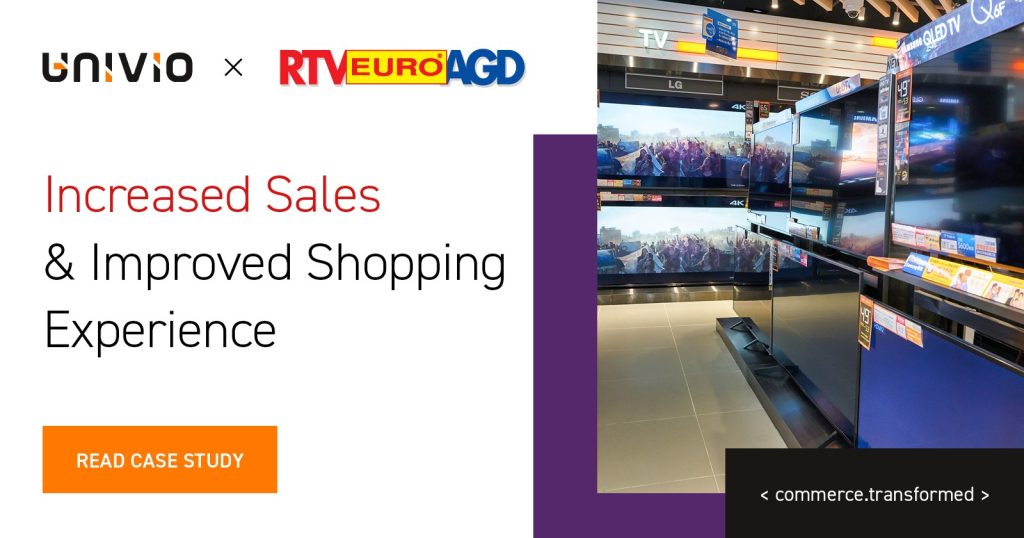
We’ve also seen big giants struggle to compete with more established, local companies. Amazon might be number one in North America, but it holds less than 2% of the Polish e-commerce market. Allegro, on the other hand, holds around one third of the market to itself. For second hand goods, the OLX market place offers a dedicated solution that holds a substantial slice of the market all on its own.
Amazon only entered the Polish market in 2021, so the battle continues, but it’s clear that such large brands can’t just rollover existing providers. And it’s here that we can learn a lot from history.
*and by we… we mean Piotr. But since he now co-owns the company, it still counts right? He got a heck of a promotion for his troubles 😉
The Convenience Factor
It shouldn’t be surprising that convenience is the driving factor behind e-commerce. There’s a reason corner shops are called convenience stores in some parts of the world.
Offline and online, convenience is one of the most important factors for shoppers. High street stores benefitted from their geographic location and proximity to the center of town, while stores that focused on less frequent, but more expensive purchases moved out of the town to help customers avoid traffic (and avoid high street rental prices 😉 ).
While that’s arguably still true, the ability to order online is becoming the new norm, with additional services like parcel lockers only adding to that convenience.
However, the challenge here is that convenience is not a scientifically measurable factor. It’s both an art and a science. When it comes to e-commerce, at least, we have seen a number of key areas that have rapidly evolved and adapted along the way… and will continue to do so.
The Best Way To Pay?
The 90s, and even the early 2000s, were essentially the wild west of online payments. The early years required users to enter all the card or bank details manually. No matter how good an e-commerce store might have been, this was a significant limiting factor.
Over time, banks (finally) got in on the digital transformation game and newer better systems became available. But this also lead to diversification and a situation where no one solution can please everyone.
And yet this is still something plaguing many businesses. One US study found that 7% of people abandoned the checkout process due to missing their preferred payment methods (7%) or not trusting the website with their credit card information (17%). A similar study in Europe found that 15% of customers abandon the shopping cart when their desired payment method isn’t an option.
What About Security?
Many solutions have appeared over the years to answer these concerns, while nonetheless remaining convenient. In the US, PayPal was one of the first to establish itself in 1998, but its close connection to eBay in some ways hindered it’s growth.
Here in Poland, blik is an increasingly common answer to this need; it’s a payment system supported – and created by – a number of Polish banks. It uses two factor authentication with the customer’s existing banking app and enables secure payments without entering credit card information.
In other areas, technology like Secure Socket Layers – released in various iterations in the early 90s – helped reassure users. For a while, it became the norm, but has since been replaced with the more advanced Transport Layer Security. As threats increase and needs become greater, we expect this to change to.
New solutions like Apple Pay and Google Pay are only bringing new security angles to consider. With smart technology and these digital wallets, more and more consumers want to pay via their smartwatches – and security needs to be there.
The Experience Arms Race
In the early days, experience wasn’t so vital. We had to go through dial-up just to get online and, let’s be honest, the earliest websites looked like crap. But, with each new innovation, there are two challenges;
- To keep up, so as to retain your existing customers and stay in the market
- To leap ahead with the next breakthrough, so as to grow your competitive edge
We can use Euro.com.pl as a perfect example here – although when it comes to the design work, we can’t take credit for it 😉 Many years ago, it looked like this:
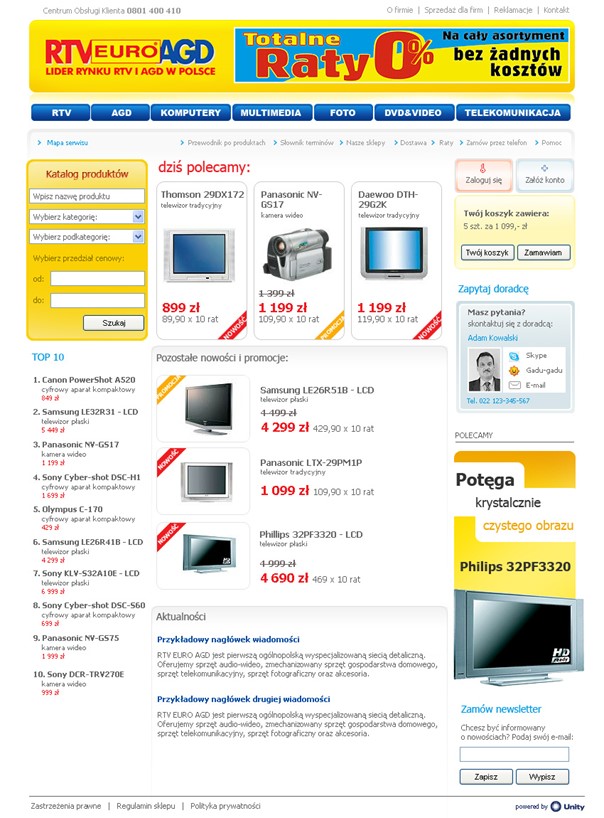
Then this:
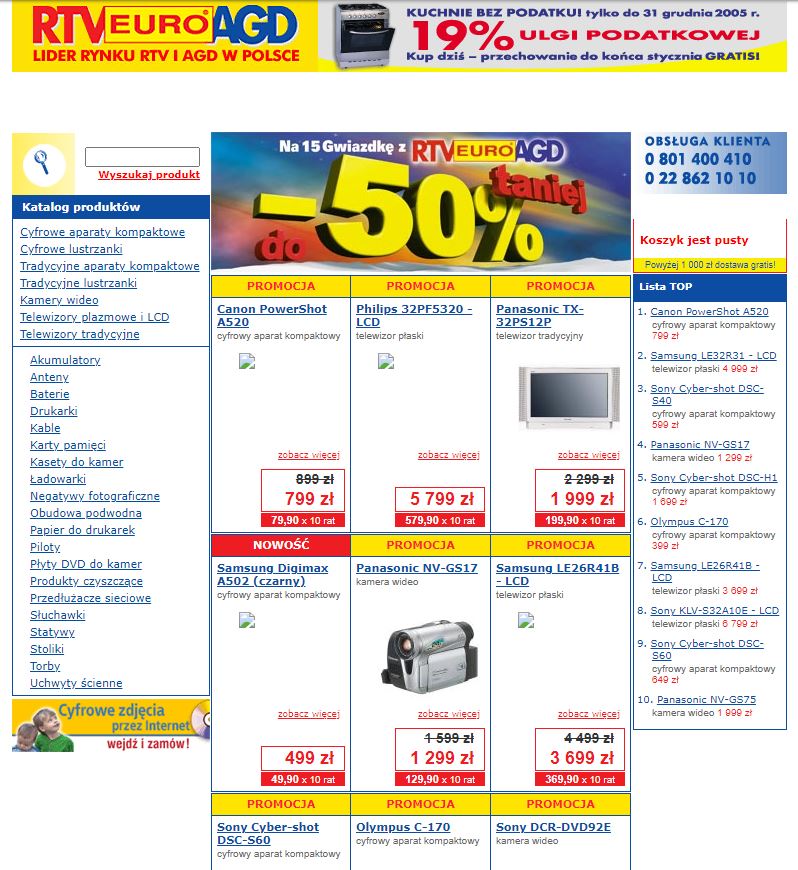
And today:
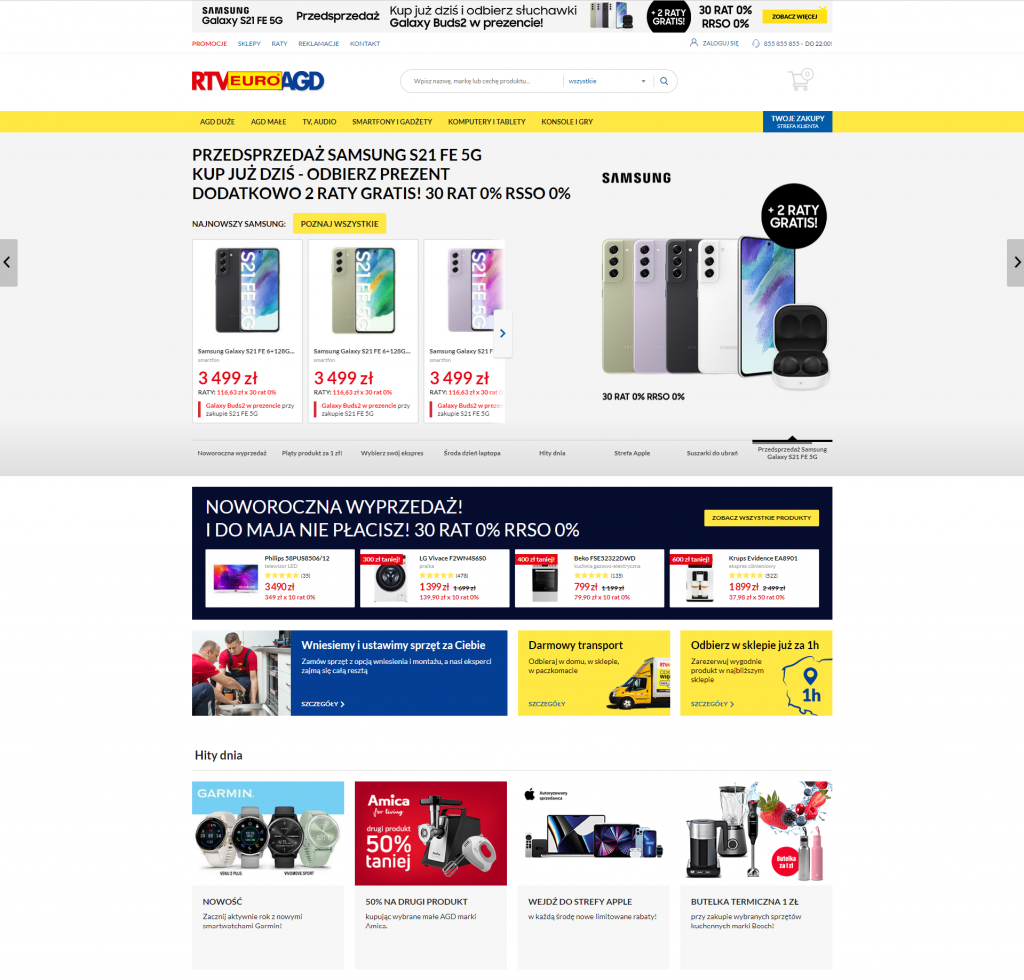
This is also tied to an increasingly diverse e-commerce audience. Senior shoppers are becoming much more active for example, and so too is the need for greater accessibility in e-commerce.
And that’s not even mentioning the e-commerce mobile explosion – which itself is just the tip of the omnichannel iceberg.
On that note, we’d like to (once again) point out that Euro offers customer support for deaf people using webcams and sign language. It’s these little inclusions that make a big difference for certain segments of the customer base. It’s also one of the reasons we’re continually proud to work with them.
Self-promotions aside, these are the kind of factors that will influence the competition between Allegro and Amazon. Allegro is popular for many reasons – it allows customers to order from multiple vendors, arrange multiple delivery options and locations and make one singular payment in a concise, clear way. We’re mentioning this specifically because the same European report mentioned earlier also found that:
- 49% of customers abandon their carts because the extra costs are too high
- 17% left because they couldn’t see or calculate their total costs up-front.
As you can see, it’s never just about the price. Which one has a better UX? Which one loads faster? Which one is mobile friendly? Which one supports the best payment options?
Note that none of these questions have permanent answers. One will always have a better something-or-other for now.
Additional Innovations / The Uniqueness Factor
We all know the obvious benefits here; 24/7 shopping, home privacy etc. But there have been a few key innovations that we often take for granted.
Reviews
Before e-commerce, product reviews were seldom a thing. When purchasing something in-store, the typical consumer didn’t have access to other people’s opinions or reviews. They couldn’t learn from others’ mistakes when it came to bad purchases.
Calculations and Automation
One of the biggest benefits of e-commerce is that they rely on computers, but we often forget that those computational devices can help us with the math. Hidden and surprise costs are nobody’s friend.
This is arguably one of the biggest areas of improvement in the next 25 years. We just mentioned that almost half of all users get frustrated with extra costs. As stores enable more advanced options, such as customizable products, let’s not forget about automatically adjusting the price. This is one area that still has much room for improvement.
Personalization
Chances are, the average person in your supermarket or high street shop doesn’t know you very well. They don’t know your personal tastes and they can’t recommend something to you. Online stores have this advantage thanks to increasing machine learning technologies.
What’s more, they can tap into the wider marketing potential with social media, newsletters and more. Product recommendations are still missing in many e-commerce stores, while many have found them to be highly successful when implemented correctly.
Time
Interestingly, time is a paradoxical concept for e-commerce stores. While users are (usually*) happy to wait a day or two for orders, a few seconds can be the difference between a purchase or a lost customer. In Europe, 15% of customers drop out of the process if the checkout takes more than 60 seconds. 18% of US customers similarly cite time as an important issue.
*19% of shoppers in Europe also counted slow deliveries as a reason for abandoning the checkout. We have to imagine this varies from industry to industry. We’ll wait a week or two for a new sofa, but not our groceries.
Now, we also need to consider 0% payments, instalment options and more. This isn’t just between customer and seller, either. Marketplaces like Amazon and Allegro also allow this feature, acting as a liaison between the two.
The Uniqueness Challenge / Adapting To The User
But being unique means nothing if its not convenient. Companies that make the effort to adapt and cater where others don’t will have a positive unique impact on the market – at least for a while.
We’ve seen this directly with the rapid evolution of logistics and delivery options. In the early days of online shopping, ordering was mostly convenient, but waiting for a delivery during work hours certainly was not.
Today we have more convenient logistics solutions that can be easily integrated with leading e-commerce platforms. Whether its couriers, post delivers or drop-off points, the customer can choose the best option for themselves, adapting to their own needs. Sometimes, it’s as simple as giving the user the choices.
But When Is E-Commerce Not Convenient?
On the other side of the coin, we also need to have a frank discussion on the areas where e-commerce fails to deliver. There are a few situations where e-commerce is perhaps not the best option:
- Urgency. Need to buy something ASAP? In store, you can buy something in minutes. No e-commerce operation offers delivery that fast.
- Sampling. Want to try clothes before you buy? You can do this in-store and, until VR and AR get good enough, the “buy, try and return” process of online shopping still takes too long.
- Customer service. While online stores have come along way, many still prefer the ability to talk face-to-face with employees in-store.
Right now, these needs are better met on the high street. But who knows what the future will hold – the first e-commerce stores to truly, successfully implement these solutions will kickstart a whole new wave of innovation.
Convenience / Who Decides?
Ultimately, the thing about convenience is that it’s decided by the customer. Online businesses have the challenge of meeting user expectations. We could create the most unique – and certainly interesting – approach to buying goods online but if users don’t like it? It won’t matter in the slightest.
If you’re interested in some of our e-commerce transformation stories, we hope the following case studies are useful for you 😉
- Pneumat: 150% increased conversions with a new B2B platform
- LPP: Acclerating key systems with integration
- Leroy Merlin: A new e-commerce & m-commerce website




